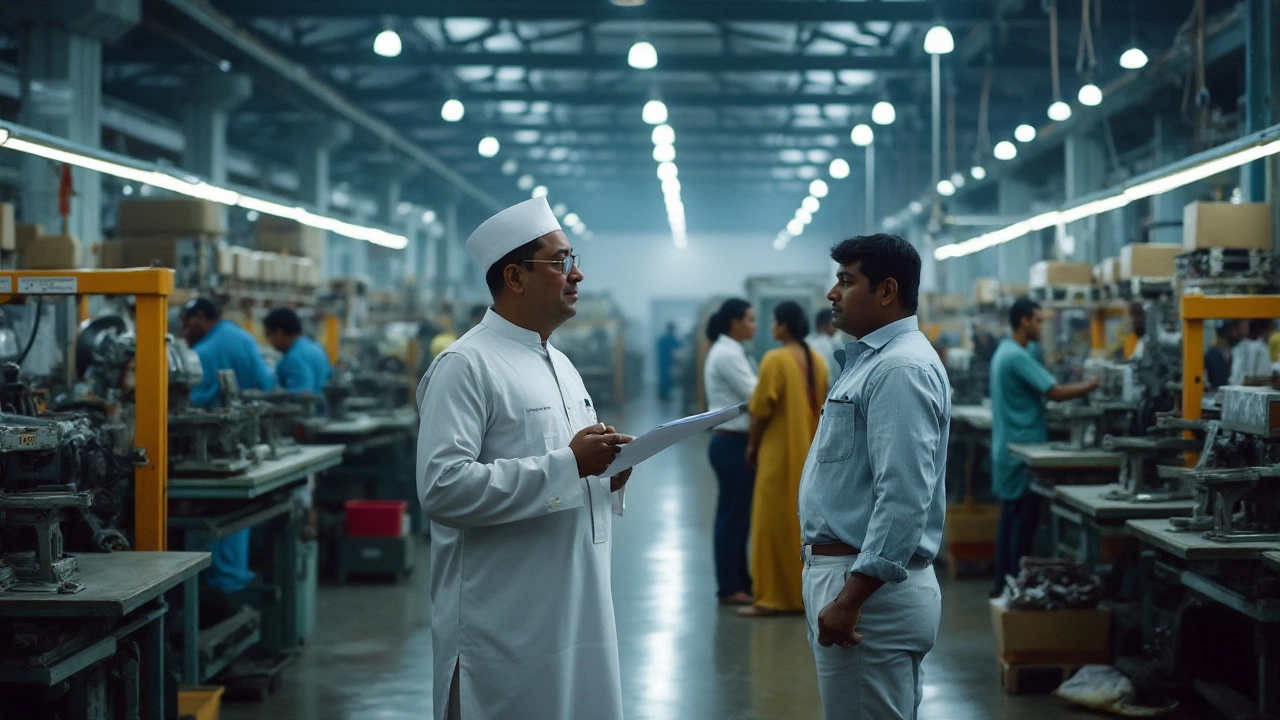Manufacturing Processes: What Works, What Doesn’t, and How to Improve
If you’re looking at how stuff gets made, the first thing to know is that every step matters. From raw material to finished product, the way you organize each move can save time, cut costs, and keep quality high. Below are the core ideas you can start using today.
Lean basics you can apply right now
Lean isn’t a buzzword; it’s a set of habits that strip away the seven classic wastes: over‑production, waiting, transport, extra processing, inventory, motion, and defects. Our post “7 Wastes of Manufacturing” breaks each one down with simple examples. For instance, if a machine sits idle while workers wait for parts, that’s waiting waste. Replace it with a small buffer of standard parts or a quick visual cue so the line keeps moving.
Practical tools and methods
The “Mom method of manufacturing” shows how a few tiny adjustments can boost output. Think of it as a daily checklist: Measure, Organize, Measure again. Start by measuring cycle time for a single operation, rearrange tools for smoother flow, then measure again to see the gain. It’s low‑cost and easy to repeat.
Where does manufacturing sit in a company? Our article “What Department Is Manufacturing Under?” explains that many firms place it under Operations, but some keep it separate as Production or even Engineering. The key is clear responsibility—who decides which machines run, who tracks downtime, and who owns the quality metrics.
Technology also helps. Simple data loggers attached to equipment can flag unusual vibration, letting you catch a problem before a breakdown. Pair that with a visual management board so the shop floor sees real‑time performance. No fancy software is needed—just a phone, a spreadsheet, and a habit of updating the board each shift.
Don’t forget the human side. Workers who understand why a step exists are more likely to follow the right procedure. Run short “why‑talks” before a change: explain the problem, show the new method, and let the crew ask questions. This builds ownership and reduces resistance.
If you’re planning a new line, map the process on paper first. Use a flow diagram to spot bottlenecks before you spend on equipment. Ask yourself: where does material wait the longest? Can you combine two operations into one station? Small layout tweaks often save big space and time.
Finally, keep learning. The manufacturing world shifts fast—new alloys, automation kits, and sustainability standards keep coming. Subscribe to industry blogs, read case studies like our “Why So Many Pharmaceuticals Are Made in India,” and test one new idea each month. Incremental improvement beats a one‑off overhaul.
Bottom line: good manufacturing is a habit, not a project. Start with a waste check, try the Mom method, and give your team a clear reason to follow the new process. Soon you’ll see faster cycles, lower costs, and happier customers.

Understanding Complex Manufacturing Processes for Government-Supported Industries
Manufacturing is the backbone of the industrial world, yet not all processes are created equal. Some manufacturing methods are incredibly complex, influenced by multiple variables that make them particularly challenging. Government schemes often aim to support industries facing these difficulties, providing guidance and funding to navigate the elaborate nature of these processes. Exploring these challenges helps us appreciate the ingenuity and skill involved while recognizing government efforts to bolster industrial growth.
